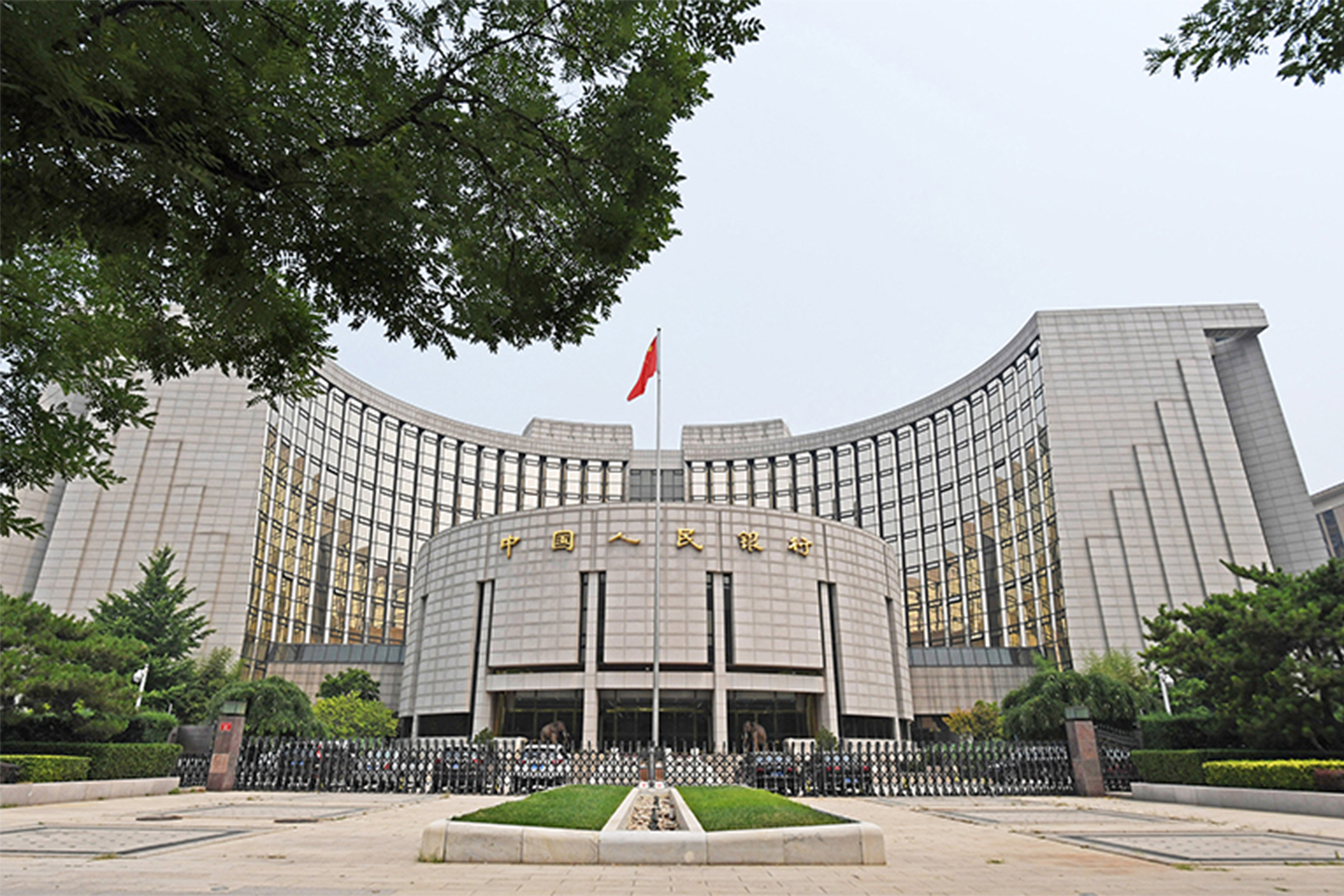 China’s Central Bank to Adopt ‘Moderately Loose’ Monetary Policy, Take Other Steps Next Year
China’s Central Bank to Adopt ‘Moderately Loose’ Monetary Policy, Take Other Steps Next Year(Yicai) Dec. 30 -- China’s central bank will implement a “moderately loose” monetary policy next year, making full use of its policy toolkit to ensure abundant liquidity and match the growth of social financing and the money supply with the economic growth target and overall price level, according to its annual financial stability report.
The People's Bank of China will continue to release the effects of the loan prime rate reform, improve the pricing mechanism, and enhance the guiding role of the benchmark LPR in the setting of actual loan rates, with the goal of reducing financing costs for businesses and households, it also said in the report published on Dec. 27
China’s top leadership pledged earlier this month to embrace a “moderately loose” monetary policy next year in a move away from the “prudent” stance followed over the past 14 years. The last time monetary policy was moderately loose was in the 2008 to 2010 period after the global financial crisis.
The PBOC’s report expressed confidence in the resilience and potential of China's economy, noting that the long-term supportive conditions and long-term positive development trend remain unchanged.
The report also emphasized the need to enhance the resilience of the foreign exchange market, stabilize market expectations, and maintain the value of the Chinese yuan in the forex market at a reasonable level.
The bank also aims to utilize the market-based adjustment mechanism for deposit rates, guiding financial institutions to reasonably determine deposit rates based on changes in market interest rates and enhance their capacity and sustainability in supporting the real economy.
As a result of stronger policy adjustments and the low price index, China's macro leverage ratio, a measure of a country's debt in relation to its gross domestic product, reached 296.5 percent at the end of last year, up from 284.9 percent at the end of 2022, the report showed.
By sector, the ratio for non-financial enterprises increased to 168 percent from 161.9 percent, while the government sector rose to 56.1 percent from 50.5 percent. The household sector remained stable at 72.4 percent.
On the future reform direction of the deposit insurance fund, the PBOC said that efforts will focus on expanding the accumulation of funds, steadily expanding the investment options for these funds, and appropriately increasing returns while ensuring fund safety.
The PBOC also plans to explore setting up a backup financing mechanism to ensure the deposit insurance fund’s liquidity in a timely manner when needed, taking into account factors such as the ease of access to funds and financing costs.
Editor: Martin Kadiev